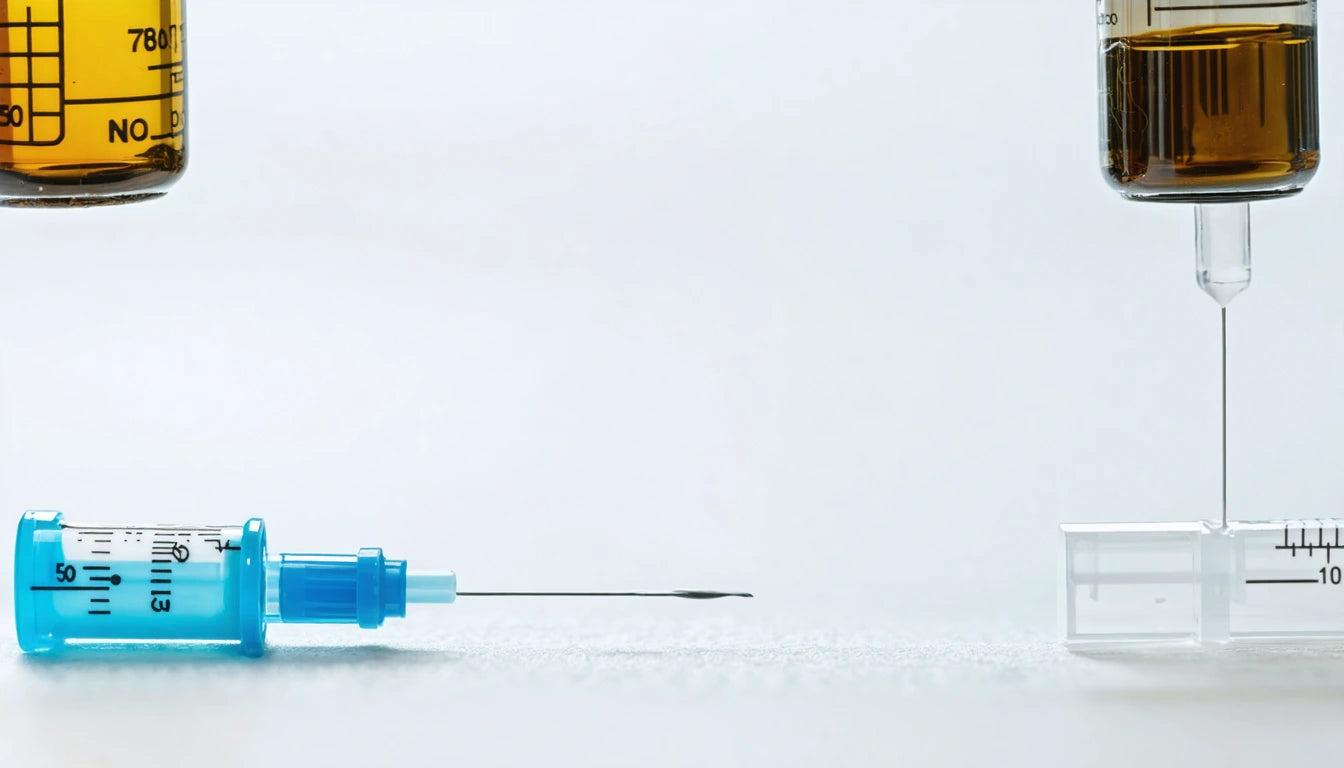Table of Contents
- Fundamental Differences Between Blood and Urine Drug Tests
- Detection Windows: How Long Substances Remain Detectable
- Accuracy and Reliability Comparisons
- Testing Procedures and Sample Collection
- Applications and Practical Uses
- Special Considerations for Test Subjects
- Future Testing Innovations and Industry Developments
Comparing Blood Drug Test vs Urine: Key Differences and Considerations
Drug testing plays a crucial role in various settings, from workplace screening to medical diagnostics and legal proceedings. Among the available methods, blood and urine tests remain the most commonly used options, each with distinct advantages and limitations. Understanding the differences between these testing modalities helps organizations and individuals make informed decisions about which method best suits their specific needs.
Fundamental Differences Between Blood and Urine Drug Tests
Blood and urine drug tests differ fundamentally in what they measure. Blood tests detect active drug compounds currently circulating in the bloodstream, indicating recent use and potential current impairment. In contrast, urine drug tests identify metabolites, the breakdown products of substances after the body has processed them.
This core difference affects everything from detection windows to interpretation of results. Blood tests provide a narrower but more precise window of detection, while urine tests offer a broader timeframe for identifying past substance use. The choice between them often depends on whether the goal is to determine current impairment or identify patterns of use over time.
Detection Windows: How Long Substances Remain Detectable
Blood Detection Periods
Blood tests generally have shorter detection windows, typically identifying substances for hours to days after use:
- Alcohol: 12-24 hours
- Cannabis: 24-72 hours (occasional use)
- Cocaine: 24-48 hours
- Amphetamines: 24-48 hours
- Opioids: 12-24 hours
Urine Detection Periods
Urine tests have considerably longer detection windows, making them suitable for identifying substance use over extended periods:
- Alcohol: 12-80 hours
- Cannabis: 3-30+ days (depending on frequency of use)
- Cocaine: 2-4 days
- Amphetamines: 2-5 days
- Opioids: 2-4 days
Accuracy and Reliability Comparisons
When comparing the accuracy of blood drug screens vs urine, several factors come into play. Blood tests are generally considered more accurate for determining current levels of substances and potential impairment. They provide quantitative results that can indicate the concentration of a drug in the system.
Urine tests, while highly reliable for detecting recent drug use, are more susceptible to tampering and adulteration. As explored in this analysis of urine test reliability, factors like dilution, substitution, and the addition of masking agents can potentially affect results.
The laboratory equipment used for testing also impacts accuracy. Our precision filling equipment solutions are designed to ensure accurate sample handling and preparation, which is critical for maintaining the integrity of both testing methods in laboratory settings.
Testing Procedures and Sample Collection
Blood Sample Collection
Blood testing requires trained phlebotomists and involves:
- Venipuncture using sterile needles
- Collection of 1-2 vials of blood
- Immediate refrigeration of samples
- Chain-of-custody documentation
- Laboratory analysis using gas chromatography/mass spectrometry (GC/MS) or liquid chromatography/mass spectrometry (LC/MS)
Urine Sample Collection
Urine sample collection is less invasive but requires privacy considerations:
- Collection of 30-60 mL of urine
- Temperature verification (90-100 °F) to prevent substitution
- Split-sample collection for confirmation testing
- Initial immunoassay screening
- Confirmation testing for positive results
Applications and Practical Uses
The choice between blood and urine testing often depends on the specific application:
Blood Testing Applications
- Post-accident investigations requiring evidence of current impairment
- DUI/DWI cases where timing and levels matter
- Medical emergencies involving suspected overdose
- Therapeutic drug monitoring for medication management
- Situations requiring precise quantification of drug levels
Urine Testing Applications
- Pre-employment and random workplace screening
- Substance abuse treatment monitoring
- Probation and parole compliance checks
- Athletic drug testing programs
- Pain management compliance monitoring
Understanding what drug screens test for helps organizations select the appropriate method for their specific needs.
Special Considerations for Test Subjects
Medical Conditions and Medications
Both testing methods can be affected by legitimate medications and medical conditions. Blood tests may show cross-reactivity with certain prescription drugs, while urine tests can be influenced by various factors:
- Prescription medications causing false positives
- Over-the-counter medicines affecting results
- Medical conditions altering metabolism
- Dietary factors influencing test outcomes
Blood in Urine Considerations
A common question is whether blood in urine will affect drug test results. Hematuria (blood in urine) can potentially impact the accuracy of urine drug tests by:
- Altering the pH of the sample
- Potentially interfering with immunoassay reactions
- Complicating visual interpretation of test strips
- Possibly triggering additional medical testing
While minor hematuria may not significantly impact results, visible blood in urine samples typically requires medical evaluation before drug testing proceeds. Factors affecting urine test results should be considered when interpreting outcomes.
Future Testing Innovations and Industry Developments
The drug testing landscape continues to evolve with technological advancements and changing regulatory frameworks. Emerging trends include:
- Point-of-care blood testing with rapid results
- Advanced biomarker identification for more precise detection
- Expanded panels testing for synthetic and designer drugs
- Integration of artificial intelligence for result interpretation
- Harmonization of testing standards across jurisdictions
As testing methodologies advance, the complementary nature of blood and urine testing becomes increasingly apparent. Rather than viewing them as competing methods, many organizations are adopting strategic testing protocols that leverage the strengths of each approach based on specific circumstances and objectives.
Understanding the nuanced differences between blood drug test vs urine screening helps ensure that testing programs achieve their intended purposes while respecting privacy considerations and maintaining scientific integrity.











Leave a comment
All comments are moderated before being published.
This site is protected by hCaptcha and the hCaptcha Privacy Policy and Terms of Service apply.